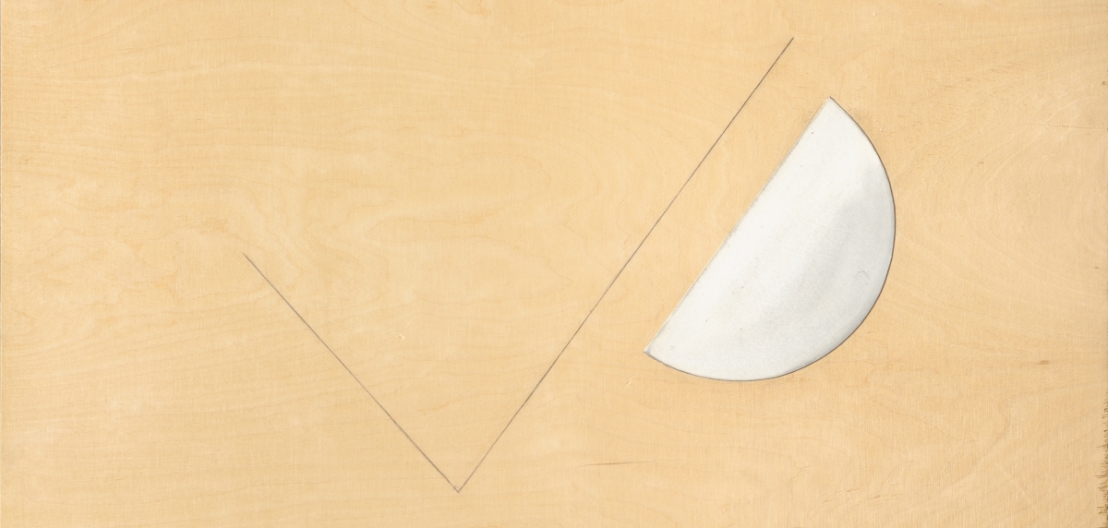In 2019 the Manggha Museum of Japanese Art and Technology celebrates its twenty-fifth anniversary, and also the centenary of Polish-Japanese relations. In this special year, our institution holds a retrospective exhibition of the work of a unique artist – Koji Kamoji, a Japanese man who has lived and worked in Poland for sixty years.
Born in Tokyo, lives and works in Warsaw. Painter, author of objects and installations. A graduate of the Musashino Art University in Tokyo, he came to Poland in 1959 to study at the Warsaw Academy of Fine Arts, where he graduated in 1966.
Koji Kamoji considers himself a Polish artist. References to Oriental art, aesthetics, and philosophy naturally recur in interpretations of his art, and dialogue becomes a key word.
His paintings and installations are always a consequence of more or less significant existential events, experienced by himself or other people. Like the at first sight unnoticeable small scenes in Japanese ukiyoe (‘floating world’) woodblocks.
Simplicity and synthesis are immanent to Kamoji’s art, which is realised using minimal means (stones, water, air, line). Its essence consists in the first place in understanding the meaning of art (painting) and in perceiving nature. For Kamoji like for the Japanese masters, the ultimate goal of painting is to represent the ‘spirit of objects’, to capture the crux of things.
The show at the Manggha Museum includes works representing various periods in the artist’s work, in addition to those created specifically for our exhibition, such as the installation Dream.
The exhibits come from the Artist’s own and other private collections as well as those of the Muzeum Sztuki in Łódź and the Studio Gallery in Warsaw. The exhibition catalogue is published jointly by the Zachęta Gallery and the Manggha Museum.
